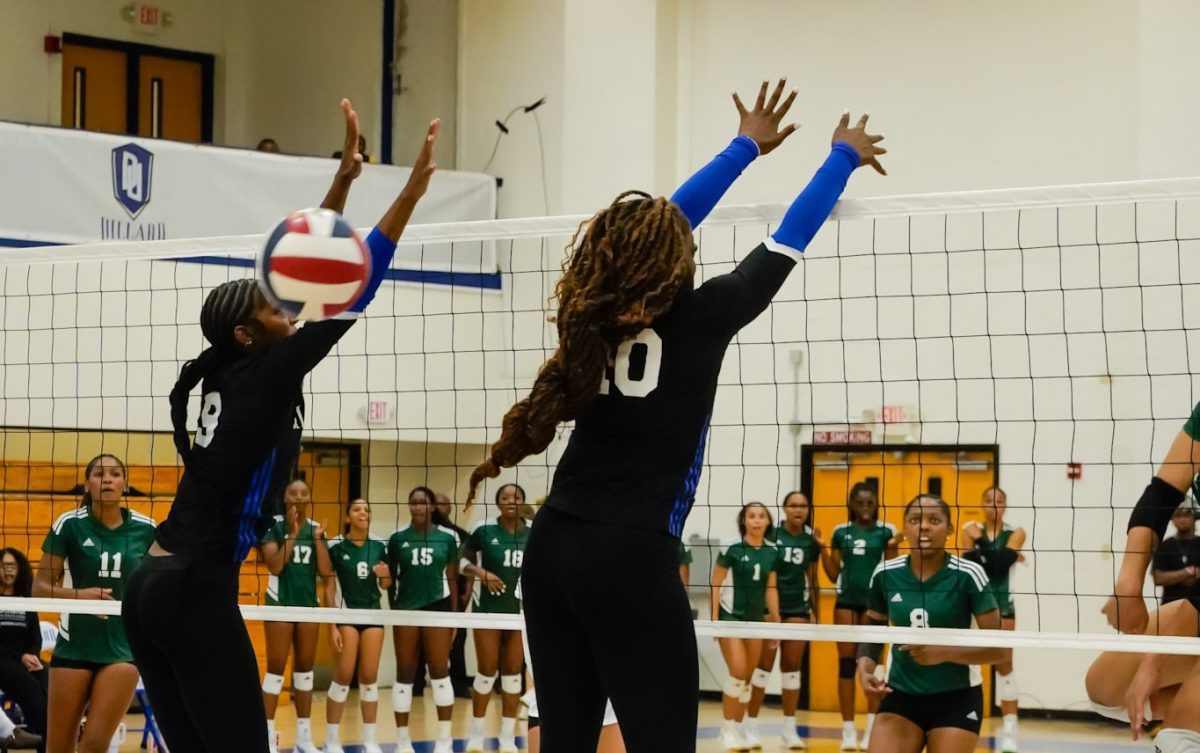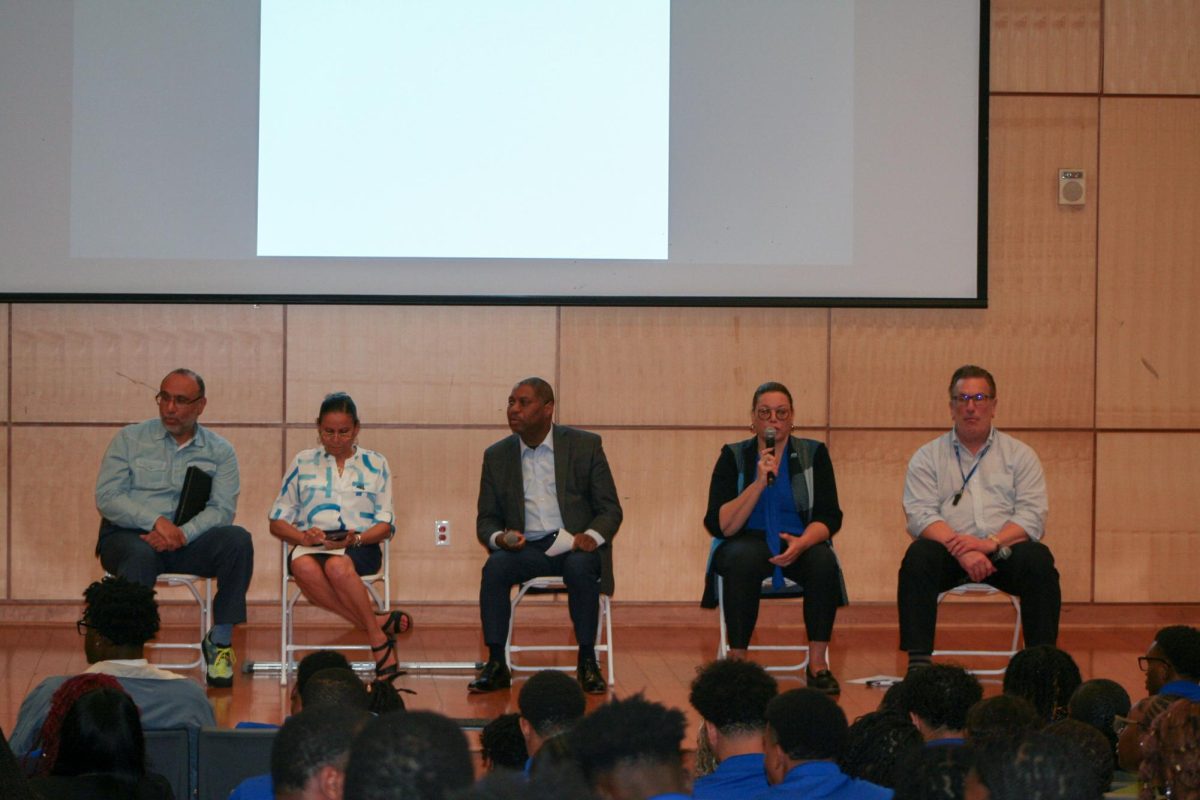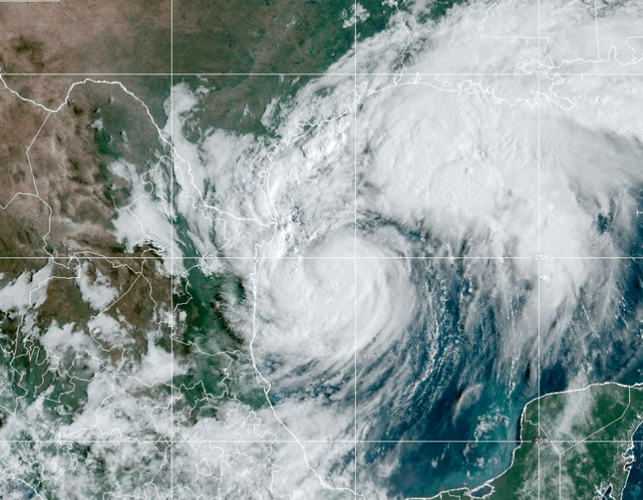For the first time in seven years, Dillard Universityexperienced an enrollment drop of six percent and felt the attacksof Times Picayune education reporter, Coleman Warner.
In a September issue of the Times Picayune, Warner states aseven percent decline in enrollment, which concerns some studentsas to what is going on with the university.
Criminal justice major, Lauren Brown, said that this type ofinformation definitely affects the students directly. “If it[enrollment] drops too low, tuition might rise,” said Brown.
Darrin Q. Rankin, Vice President of Enrollment Management, saidwhat Warner reports in the article is not only overstated, but alsoincorrect. “A decline implies a continuous pattern,” said Rankin.Not only did Rankin make a clear distinction between decline anddrop, but had statistics to prove it.
The drop in student enrollment from fall 2003 to fall 2004 was522 students. This number should normally be between 200-275students. Sixty-five percent of these students were from the stateof Louisiana. “I’m concerned with what caused the drop,” saidRankin.
Although there has been a drop, Rankin felt that it wasimportant to point out that the past seven years were “years ofconsecutive growth.” Steps have been taken to better understand theuniversity’s attrition rate. Rankin said there has been extensiveresearch done on why students did not return to the university andon what they can do to improve their retention rates.
Before students withdraw from the university, they are asked tofill out a survey so that the enrollment office can know why thestudents are leaving. A majority of students did not simply leavebecause they were not interested in Dillard.
Rankin said that the enrollment office is remaining “optimistic”about the enrollment numbers and is working hard to bring theenrollment back up. A main goal that the enrollment office has forsolving this problem is to “identify who is at risk,” said Rankin.In this case, students who are from Louisiana are the most at risk.Focus will be class specific to better guarantee their return,rather than examining the school population as a whole.
Royce Mason-Deese, business management major, said the drop “has something to do with them not giving us scholarships.”
The main reason that students left was, like Mason-Deesesuggested, because they could not afford tuition. Over the lastyear, there was a half million dollar cut in scholarships. Rankinsaid that there are plans being put together for buildingscholarship funds outside of the school. There have been suchdrastic cuts on scholarships because, according to Rankin, just twoyears ago scholarship funding was two million dollars. Currently,Dillard funds over six million dollars in scholarships forstudents.
Rankin also said another reason for students’ leaving was theWar on Iraq. The war impacted “around 50” students from returningto the university.
Students like Brown felt that maybe the drop had something to dowith the university not having a president. Brown said that thelack of a president might not give students the type of schoolstructure they are looking for.
Rankin admitted that although no student who left the universitydocumented the absence of a president being the reason for leaving,it was a factor.
Warner also states in his article that the enrollment dropcreated budget problems. Rankin clarified that this statement isalso false.
Rankin said that Warner has a history of shedding Dillard in anegative light. Despite the lack of coverage, Dillard has had oneof the highest enrollment increases in New Orleans for years.
“We’ve had increases as high as nine percent, and Warner never gavecoverage of it,” said Rankin. “But as soon as the enrollment drops,Warner is right there, creating negative connotations about theuniversity.”
































